Share
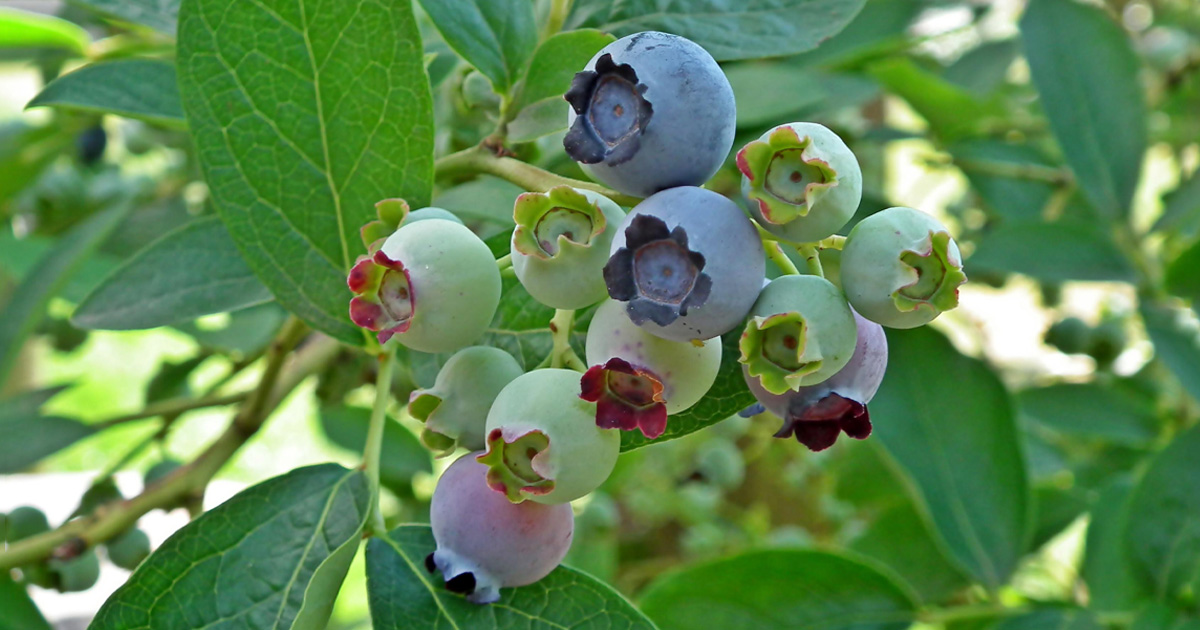
Growing for Your Kitchen: Blueberries
Who doesn’t love blueberries? You can eat them fresh, bake them into pies, freeze them, dry or can them. They grow beautiful spring flowers and show rich fall colors as well. Blueberries aren’t just a superfood, they’re a super plant!
Where to Plant your Blueberry Bush
Blueberries need plenty of sun and they like to be socially distanced from other plants that might compete for food and water. Allowing room for good air circulation is also important as this helps keep leaves free of disease. It’s a good idea to plant more than one variety and to plant them in the same area together. This will encourage the plants to produce more and larger berries, and make care and harvesting much easier! You can also plant blueberries in a container. A half wine barrel is a perfect home for an easy-to-reach “berry machine” and a small group of containers allows you to get lots of fruit from a small space.
What Kind of Soil do Blueberries Like?
Blueberries are acid lovers, meaning they like soil with a low pH. When planting your blueberry bush, dig a hole at least 20-30% bigger than the pot it came in, and use an acid-lover planting mix when covering it up. We suggest using G&B Organics’ Acid Planting Mix to give your blueberry the kick-start it needs. If you are planting your blueberry in a container fill the whole container with G&B Organics’ Acid Planting Mix to make sure the soil holds moisture but also drains well. You can also add 2-3 inches of quality organic mulch, such as G&B Organics’ Soil Building Conditioner to help the soil retain moisture.
Caring for Your Blueberry Bush
Ok, your new Blueberry Bush is in the ground…now what? On top of the gardening rules of (green) thumb: weed and water regularly, and control pests. Below are more specific ways to care for your Blueberry Bush to keep it healthy and thriving so that your kitchen is full of healthy and juicy blueberries!
Pruning a Blueberry Bush
We recommend that you prune all branches back by about 30-40% through the removal of older wood while keeping the nice new whips (longer growth coming from the base of the plant); this will encourage vigorous new growth. You should also remove any flower buds at planting time. We know that sounds crazy, but you’ll need to be patient. If the plant is focused on producing flowers and fruit it will hinder its ability to establish good roots. Limiting fruit production for the first couple of years will pay off with big harvests as your plants mature.
Feeding a Blueberry Bush
Fertilizing your plants is an important step to keeping a high-producing garden. We recommend using G&B Rhododendron, Azalea & Camellia Fertilizer. Use it every two months during the growing season to maintain healthy soil and encourage strong roots. In winter let your Blueberry go dormant, you can start to feed it again once the weather warms up and spring comes.
Watering a Blueberry Bush
When you first plant your new blueberry, make sure to thoroughly water it. After, you’ll want to maintain a regular watering schedule to maintain soil that is uniformly moist but not soaked. Avoid overhead watering at all costs, overhead watering can promote disease and attract pests to your leaves. A steady drip irrigation system with 2-3 heads at the base of your blueberry (about 6-8 inches from the stem) is ideal.
The Blueberry Predator
Yes, bad bugs can be a problem similar to all types of plants BUT your biggest ‘pest’ will be the birds! You can lose 100% of your crop if you don’t protect your Blueberry Bush. Lightweight bird netting that can be placed directly over plants or used to cover frames constructed to fit over plants, is a great deterrent.
Scare tape can also be an effective tool to scare your pesky diners away.
To help keep birds away from a larger area, fake owls can be successful if used properly. A couple of tips when using a fake owl/predatory bird, make sure to place the bird in a natural position (i.e. not on the ground, preferably on a fence or large branch) and to move it regularly (i.e. we suggest at least once a week). Birds are smarter than many give them credit for. If your fake owl doesn’t look natural or move you might a bird happily perched on your owl’s head sooner or later.
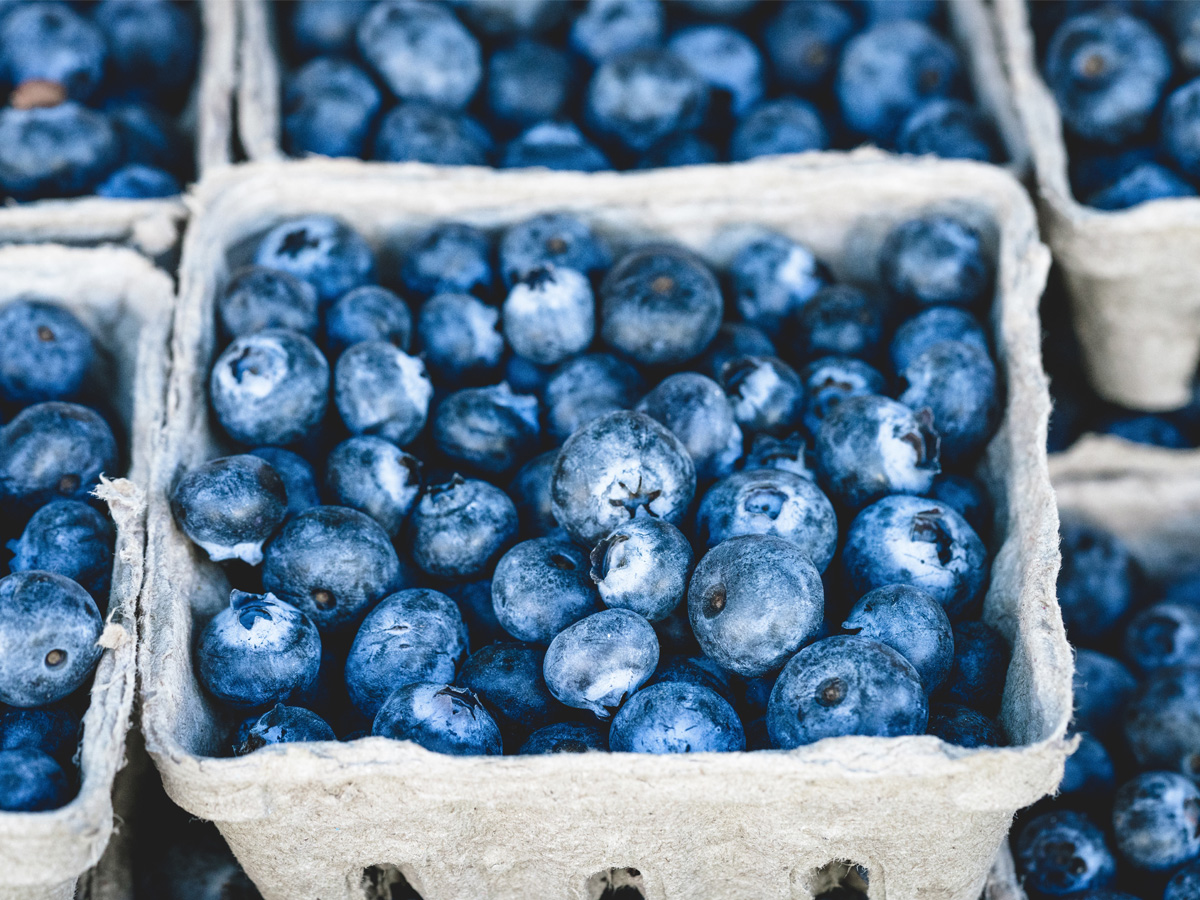
This may all seem like hard work but putting in a little extra effort will help your Blueberry bush will thrive. After all, a well-grown, mature blueberry plant can produce more than ten pounds of fruit in a single season! Getting your plants off to a good start will provide you with a berry bonanza for many years to come.
We will have High Desert-hardy varieties in stock all spring and summer and we have plenty of passionate teammates equipped with expert knowledge ready to answer your questions. Visit us at any of our three stores or contact us online!
Share
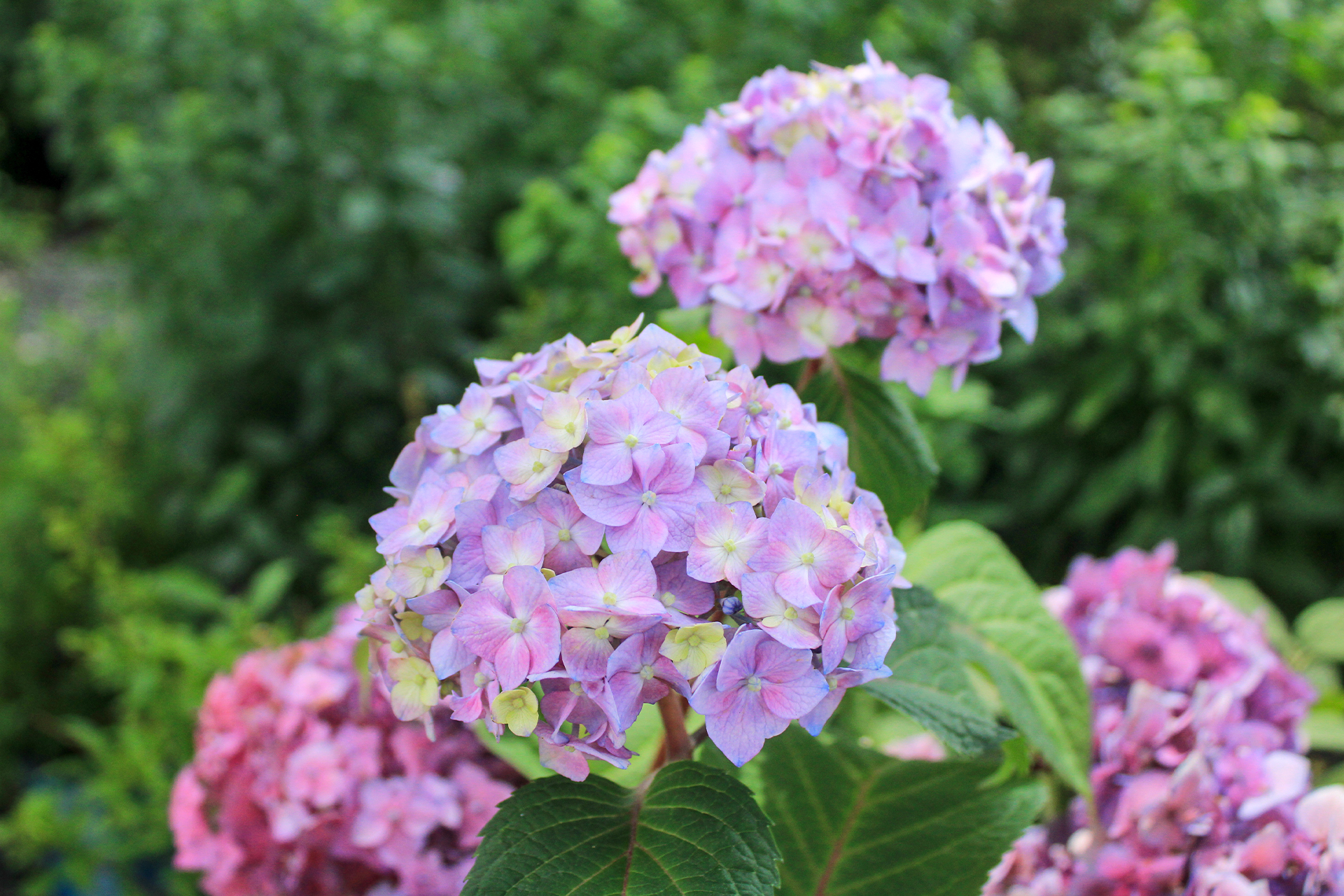
By understanding the specific needs of each hydrangea variety, you can ensure they thrive and continue to enchant with their seasonal displays year after year.

Exciting news for residents of Sparks, Nevada! The city has launched a wonderful initiative to enhance green spaces and beautify neighborhoods by giving away free Moana Grown trees
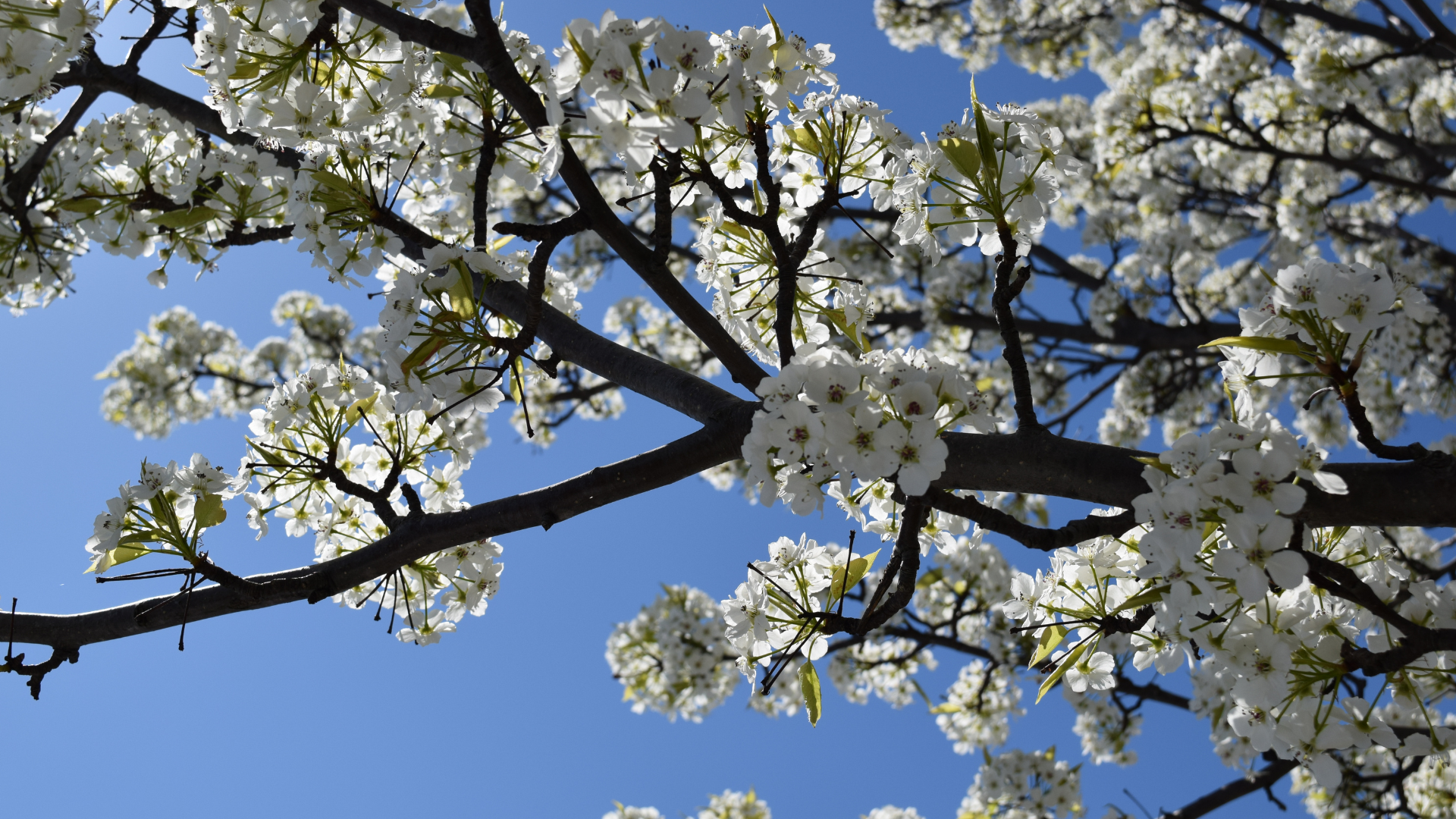
Embracing Evolution: Why Chanticleer and Redspire Pear Trees Outshine Their Ancestral Bradford Pears
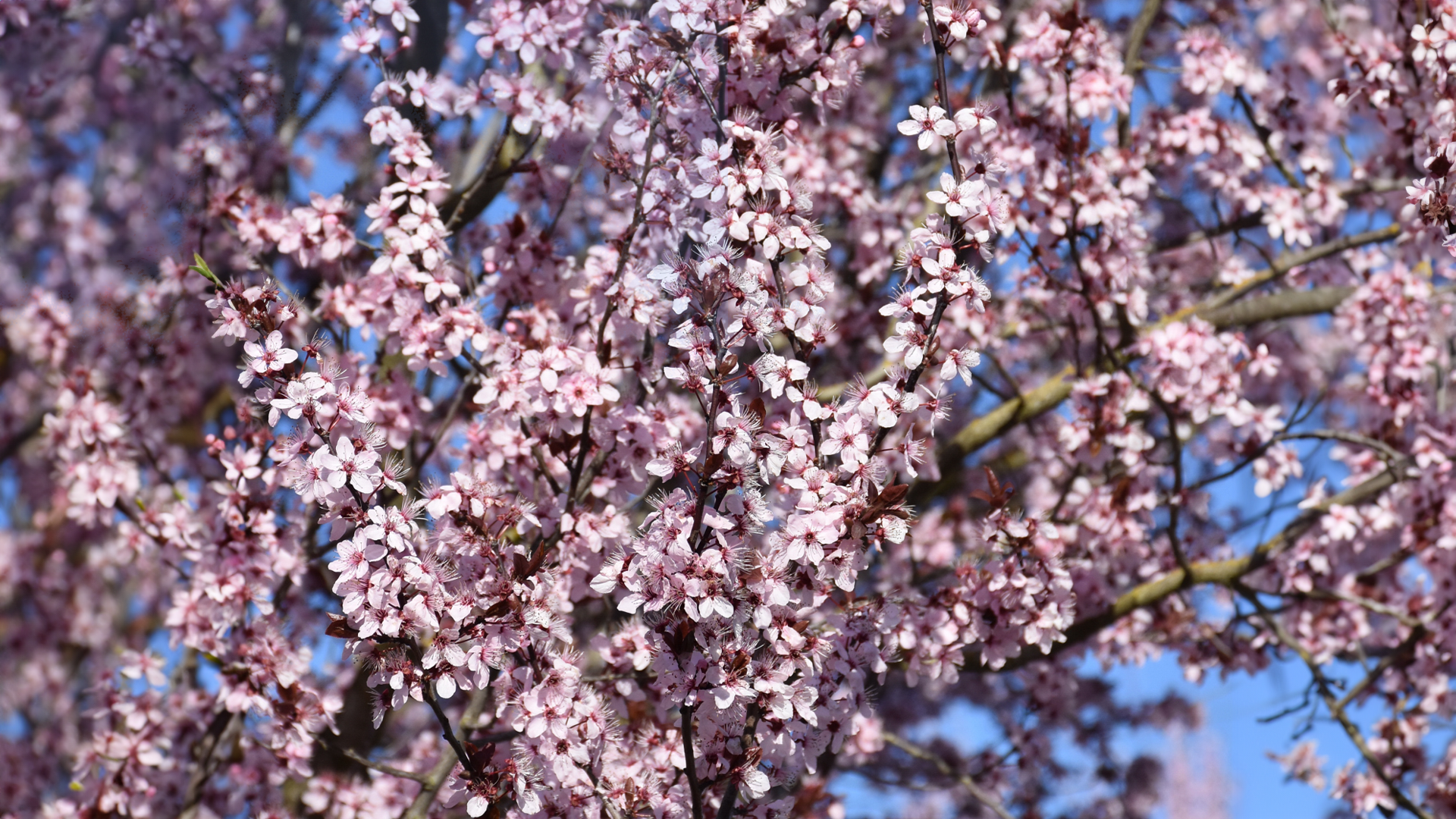
When it comes to selecting trees for the unique climate and conditions of the high desert in Reno, NV, the Krauter Vesuvius Plum stands out as an exceptional choice. This ornamental tree not only thrives in the arid environment but also adds striking beauty and resilience to any landscape.
